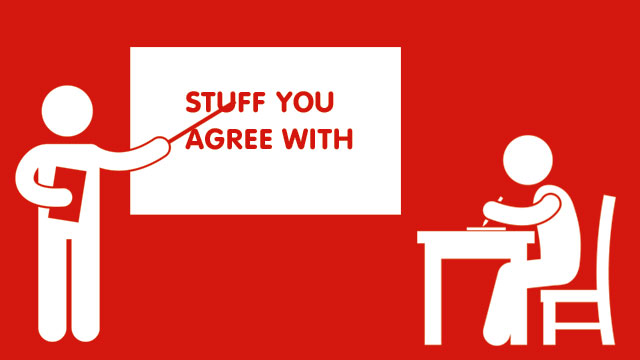HOW TO SPOT FAKE NEWS

"How to Spot Fake News." International Federation of Library Associations and Institutions, World Library and Information Congress, 6 Mar. 2017, www.ifla.org/publications/node/11174. Infographic.
TIPS FOR EVALUATING THE NEWS
- When you open up a news article in your browser, open a second, empty tab. Use that second window to look up claims, author credentials and organizations that you come across in the article.
- Fake news spans across all kinds of media - printed and online articles, podcasts, YouTube videos, radio shows, even still images.
- For images, put them into Google images and search. Verify that what you are seeing corresponds to the event in question.
- Check the account history of the source. Two red flags are: the number of posts and how long the account has been active. If it claims to be a well known source(like CNN or CBS) and only has a few posts in its history that is a clue. If it's a well known source and the account has only been active a short time that is another red flag.
- Think before you share.
FACT-CHECKING SITES
- Snopes: Over twenty years later, Snopes.com has come to be regarded as an online touchstone of research on rumors and misinformation.
- Know Your Meme: Know Your Meme is a site that researches and documents Internet memes and viral phenomena.
- Politifact: PolitiFact is a project of the St. Petersburg Times to find the truth in politics.Every day, reporters and researchers from the Times examine statements by members of Congress, the president, cabinet secretaries, lobbyists, and more.
- Factcheck.org: We monitor the factual accuracy of what is said by major U.S. political players in the form of TV ads, debates, speeches, interviews and news releases. FactCheck.org is a project of the Annenberg Public Policy Center of the University of Pennsylvania.
- The Washington Post's Fact Checker: Provided by one of the most trusted, bi-partisan news sources; focuses on politics
- Media Bias/Fact Check: the most comprehensive media bias resource on the internet. There are currently 2500+ media sources listed in our database and growing every day.
PLAY THIS GAME!

How good are you at spotting fake news? Try this game and see!
-
Factitious 2020Play this game to see how well you evaluate the news.
CONFIRMATION BIAS

-
Blue Feed Red Feedtake a look at what confirmation bias looks like in Facebook feeds.
Acknowledgement
This guide is used and has been adapted with the permission of Salem State University Library. For information about reusing the guide, please contact dstahura@salemstate.edu
 This work is licensed under a Creative Commons Attribution-NonCommercial-ShareAlike 4.0 International License.
This work is licensed under a Creative Commons Attribution-NonCommercial-ShareAlike 4.0 International License.
